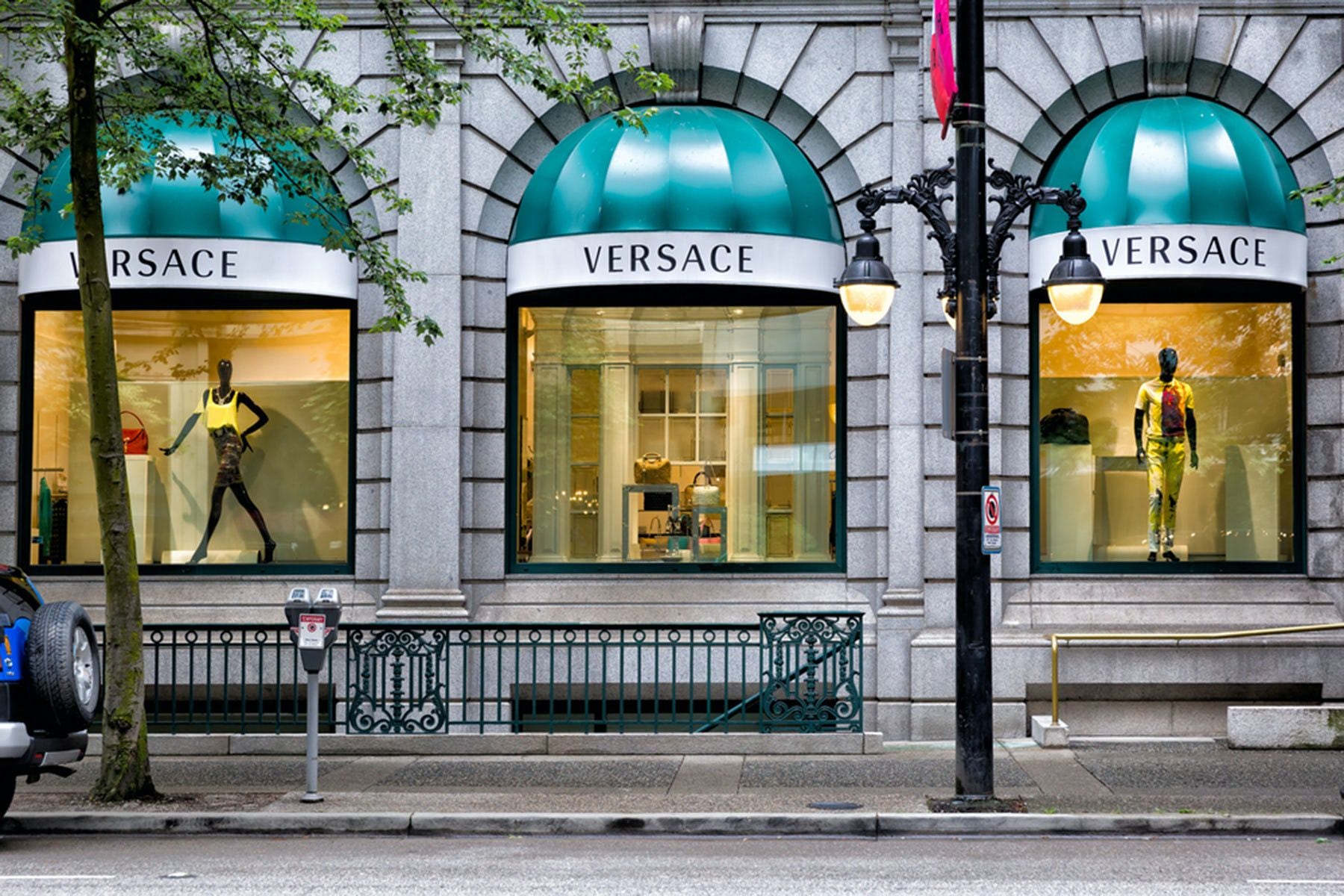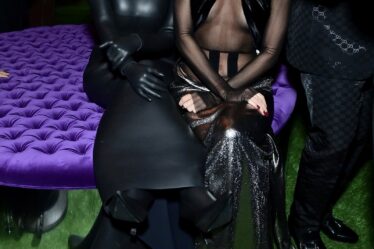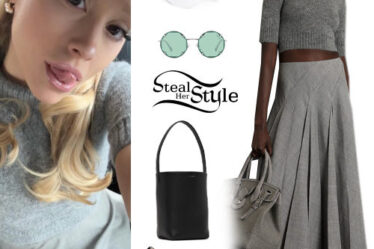
There’s a risk that shares of Capri Holdings Ltd. decline by roughly 30 percent or more if a proposed $8.5 billion tie up with Tapestry Inc. fails to get across the finish line.
That’s the finding of a Bloomberg poll of merger-arbitrage specialists after the US Federal Trade Commission sued on Monday to block Tapestry’s acquisition of its fashion-industry rival.
For merger-arb traders, the challenge is to figure out which side will prevail in court, an outcome that likely won’t be known for months. Capri’s stock slumped for a third straight day Wednesday. It has lost some 6 percent since Monday’s close and last traded around $35.50, well below the $57-per-share takeover bid. The stock was near $35 before the merger was announced in August.
Complicating traders’ task, Capri has released disappointing results the past two quarters. The shares may fall to the mid-$20-range or lower, so roughly 30 percent or more below the current level, if the transaction fails, according to a Bloomberg survey of 20 merger-arb specialists. The break price, as the downside potential is known, reflects respondents’ views on the stock’s value by year-end, when some poll participants expect a clearer sense of the merger’s fate.
Since the August announcement, Capri — the owner of brands including Michael Kors and Versace — has reported weaker-than-forecast earnings twice, spurring concern about its performance in the coming quarters. The company’s next earnings release comes in May. Tapestry owns Coach, Kate Spade and Stuart Weitzman.
“The break price in Capri is a moving target, making that judgment more complex with significant duration left to the trade,” said Brian Lombardi, a merger-arb strategist at FBN Securities.
For him the potential downside is around $22, but he sees deteriorating odds of the companies winning in court, based on signs in the FTC complaint and its statements.
Determining the downside is key for merger-arb traders, as they seek to profit from wagering on a deal’s probability of completion while monitoring the performance of the companies involved. In the recent case of Microsoft Corp’s purchase of Activision Blizzard Inc., traders bet on a higher downside in part amid optimism around the target’s business.
In the survey, 12 respondents saw the downside for Capri ranging from $20 to $25, depending on metrics such as forward earnings per share and the price-to-earnings ratio.
Some lowered their estimates Tuesday after Kering SA, whose biggest brand is Gucci, warned that profit will drop in the first half of the year, painting a bleak picture of consumer spending on luxury products.
Four respondents assumed a higher break price, from $26 to $30, and two saw it as high as $33. Two were far gloomier, penciling in a level in the high teens.
By Yiqin Shen
Learn more:
US Sues to Block $8.5 Billion Union of Coach, Michael Kors
Antitrust enforcers said Tapestry’s acquisition of Capri would raise prices on handbags and accessories in the affordable luxury sector, harming consumers.



